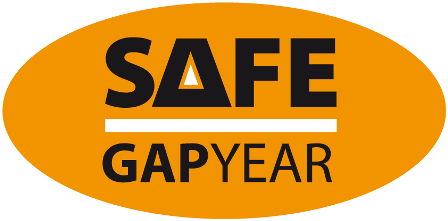The recent fatal air crash in Tripoli, Libya was only survived by one 9 year old boy and analysing why he survived will be of some use to professionals in air safety, but to most people it is just a small miracle or extreme good fortune.
Over-analysing how to survive a plane crash doesn’t help greatly in generating confidence in those who may be concerned about flying. What has to be remembered is that flying is still one of the safest forms of transport in the world.
It is still worth taking a few basic precautions:
• Fly with reputable airlines – Any airline flying into, out of or within the EU, USA / Canada, Australia / New Zealand has to undergo the most rigorous safety checks; outside of these areas it may be worth undertaking a little research into the airline you are flying with. As a general rule the ‘poorer’ the country the more in-depth checks you might want to make; especially on internal flights where regulation may not be as rigorous.
• Always listen to the safety briefing – If nothing else it is polite to do so, but more importantly the more you listen the more you will take in and the more likely your instinctive reaction will be the right one. In the case of a real accident you will have to rely mainly on your instincts, it is unlikely you we be able to draw on your rational thought process, which is unlikely to be working properly.
• Practice the ‘brace position’ and your seatbelt release – Studies have proven that in the case of a crash one of the problems people have is getting out of their seats. It sounds silly to think you will not be able to unbuckle yourself, but when under the most extreme pressure the brain does not work very rationally and instinct will take over; your instinct will be to get up and get out. The rational part of your brain may not work sufficiently under such extreme stress to understand that you must undo your seatbelt to achieve this.
• Sit near an emergency exit – It should not take a rocket scientist to work out that the closer you are to an exit the quicker you will be able to get out in an emergency. Wherever you are seated count the number of seats between yourself and the nearest exit in front and behind you; that way in the case of an emergency and the lights failing or smoke filling the cabin you can feel your way to the nearest exit.
• Don’t panic – Easier said than done. However it is worth trying to control your mind, adrenaline will be pumping through your body and you can do little to stop this (in reality you don’t want to stop this as it will help in your attempt to ‘escape’), what you want to do is control and channel the consequences of adrenaline and use them to your advantage. Respond rather than react to the challenges you face.
This is all very well to write, it is completely different to put into practice in case of a real emergency.
Don’t panic about flying, it is likely to be one of the safest parts of any travel experience; you are likely to be at much greater risk on arrival when driving from the airport to your final destination.
At Safe Gap Year our Independent Travel Safety and Cultural Awareness Workshop considers issues of Travel Safety, alongside sessions on Cultural Awareness, Travel Health, Ethical and Responsible Travel, Travel Equipment, Destination Advice, Transport Options, Documentation, Travel Money and Insurance and more.
Please visit our website at http://www.safegapyear.co.uk/.
For more information on any of our services, please call us on 0845 602 55 95 or Contact Us.
Date – 16th May 2010
Submitted by – Peter Mayhew





No comments:
Post a Comment